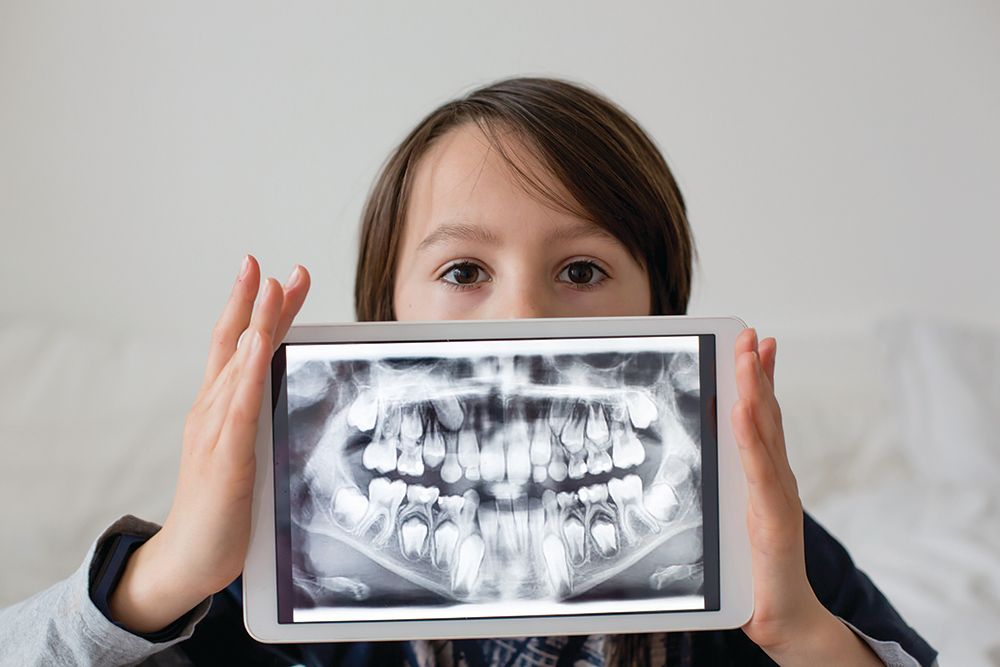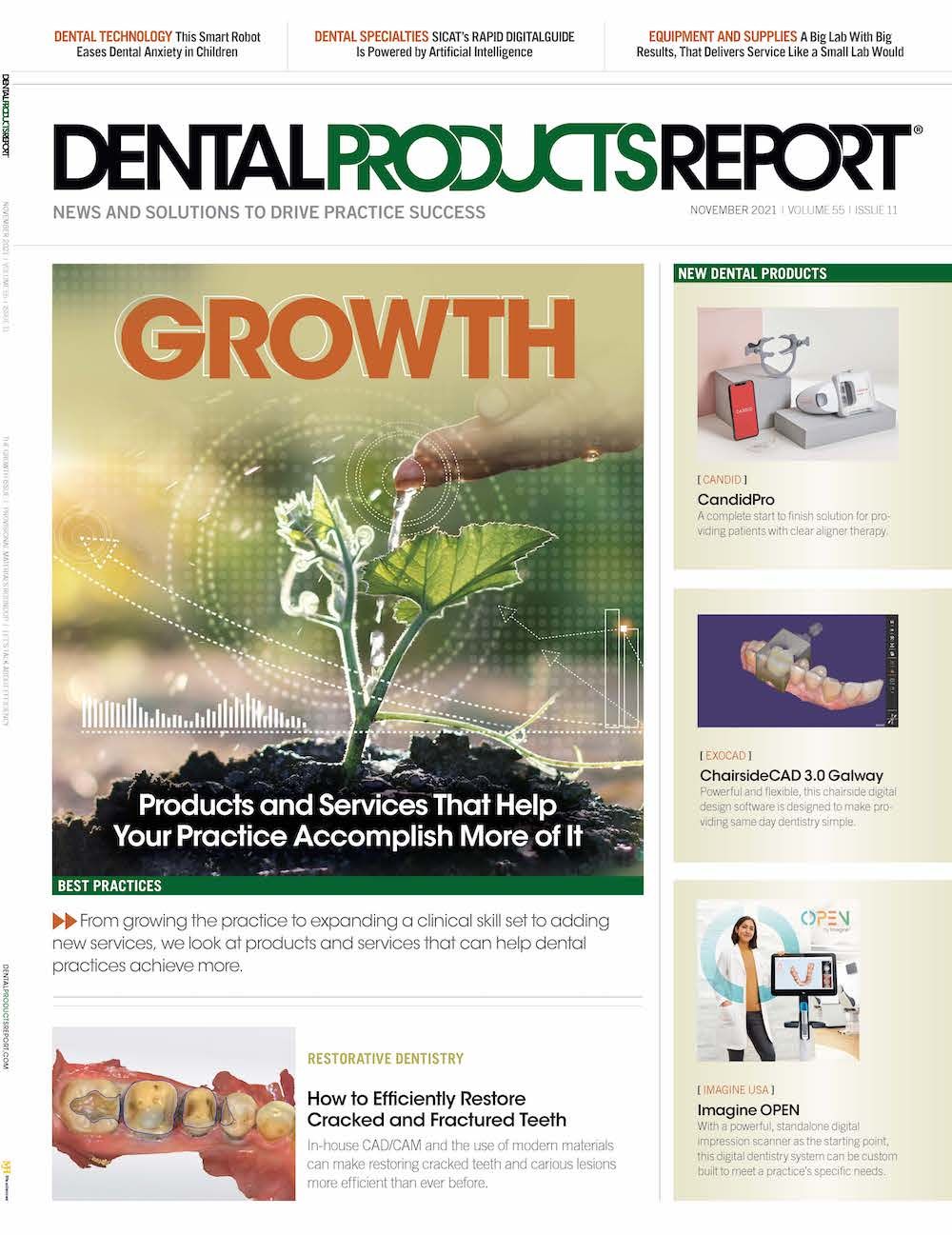Wireless X-Ray Sensor Is Full of Potential
The DC-Air intraoral x-ray imaging sensor is full of features, including how it incorporates direct conversion technology to convert x-ray photons directly to image data, that has the author excited about its potential.
TOMSICKOVA / STOCK.ADOBE.COM

For the past several years, my columns in this magazine have primarily focused on HIPAA compliance and cybersecurity. These are still very important topics that I will be returning to from time to time, but as a full-time technology specialist, there are many other areas that I believe dental offices should know about, and my clients ask me about those topics on a daily basis. One area where we are starting to see a paradigm shift is digital radiography, both in 2D sensor technology and 3D imaging, so I want to focus on intraoral sensors this month.
Most offices are well aware of the advantages of digital radiography. Although there are still a few older practices I support that are using film, I would estimate that at least 80% to 90% of dental offices are now using digital x-rays. The phosphor plate systems were popular at first as they closely replicated the experience of film, but the lack of speed and image quality issues made them a less popular choice. In my opinion, they are still a great option for pediatric practices—kids and $5000 sensors don’t always mix well! However, the vast majority of dental practices are now using hard sensors.
There are numerous advantages of hard sensors, including fast images, lower radiation, the ability to manipulate the images, and elimination of chemicals. The main disadvantage I hear from dental offices is dealing with the cord; Patients bite into it, which causes the sensor to fail, and cleaning the cord is challenging at best. However, what if there was a sensor that not only changed their internal structure but also eliminated the cord completely?
Enter a new sensor that I was able to demo recently called the DC-Air. Although Schick tried a wireless sensor years ago (with mixed results), the DC-Air is a complete redesign of the standard hard sensor. Freedom Technologies Group is the US distributor for the Athlos Oy DC-Air intraoral x-ray imaging sensor. Below are a few things that stuck out to me:
It utilizes Bluetooth 5.0 technology for fast and reliable image transmission up to 9 ft from the docking station. If you worry about losing the sensor, it can be tracked through a variety of third-party applications for iOS and Android devices. Its integrated battery can take more than 150 images before needing to be recharged, or it can remain active off the docking station for up to 3 hours.
It’s the only sensor I know of that incorporates “direct-conversion” technology that converts x-ray photons directly to image data. Other sensors use a scintillator to convert x-rays to visible light, then usually a fiber optic plate to pass that light to the CCD or CMOS detector. The conversion to light results in some degree of signal loss that manifests as noise or lack of clarity in the final radiograph.
They have these really cool holders that have been designed to complement the sensor’s design by securing around the battery cover, eliminating additional bulk from the sensor’s profile in the mouth.
Wired sensors always have to have the cord side oriented toward the mesial, with many having cut corners on the distal aspect of the image where most sensors are rounded. This can make capturing the full region of interest difficult, especially when trying to capture the distal canine contact on bitewings or a periapical of third or second molars. Without the wire, this new sensor can be oriented horizontally or vertically, depending on the desired image and holders being used, to easily position the most active area where it is needed
I always get excited whenever I see a radical new system, and I think this sensor has a lot of potential. For more information, you can contact me at thedigitaldentist.com/dc-air/ and I can put you in touch with the company.

How Dentists Can Help Patients Navigate Unforeseen Dental Care
December 12th 2024Practices must equip patients with treatment information and discuss potential financing options before unexpected dental treatments become too big of an obstacle and to help them avoid the risk of more costly and invasive procedures in the future.
Product Bites – January 19, 2024
January 19th 2024Product Bites makes sure you don't miss the next innovation for your practice. This week's Product Bites podcast features new launches from Adravision, Formlabs, Owandy Radiology, Henry Schein Orthodontics, Dental Creations, and Dental Blue Box. [5 Minutes]